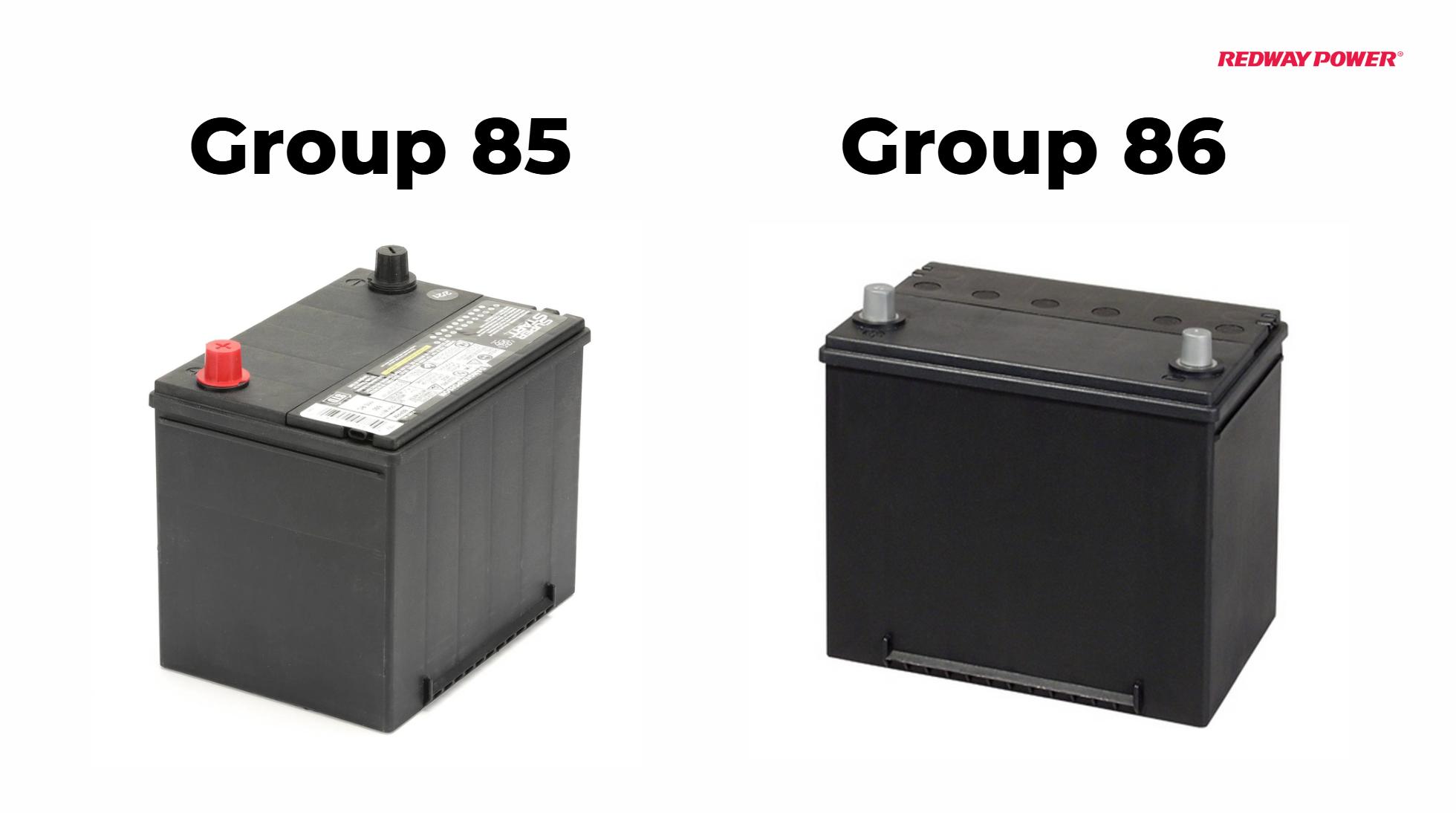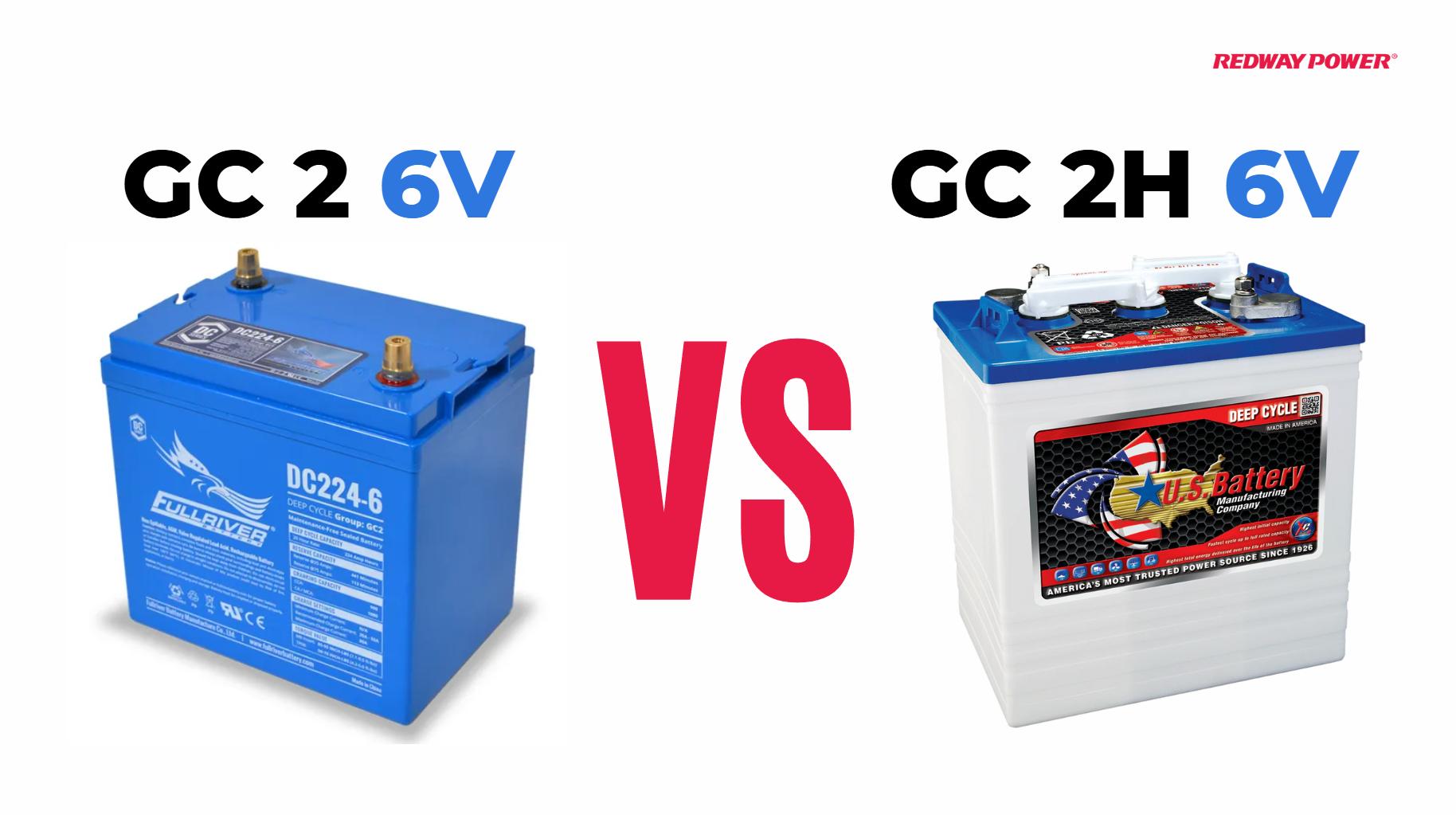How Can You Optimize the Use of Group 85 and Group 86 Batteries?
Understanding how to optimize the use of Group 85 and Group 86 batteries is essential for anyone relying on them in automotive or marine contexts. These batteries are designed primarily for starting applications, providing reliable power to ignite engines in smaller vehicles. Their compact size makes them versatile choices across various applications.
What is the Overview of Group 85 and Group 86 Batteries?
Group 85 and **Group 86 batteries are standardized by the Battery Council International (BCI) to fit specific size requirements. Both types share identical physical dimensions—approximately 9.06 x 6.81 x 8 inches—but they differ primarily in terminal orientation. This difference significantly affects compatibility with various vehicles or devices. While both battery groups serve similar functions, understanding their unique characteristics is crucial for optimal use.Chart Title: Physical Dimensions Comparison
| Feature | Measurement (inches) |
|---|---|
| Length | 9.06 |
| Width | 6.81 |
| Height | 8 |
What are the Key Specifications and Characteristics of These Batteries?
The specifications of **Group 85 and **Group 86 batteries include:
- Cold Cranking Amps (CCA): Typically ranges from 500 to750 CCA, ensuring reliable engine starts even in cold weather.
- Reserve Capacity (RC): Generally between 90 to95 minutes, allowing short-duration power needs.
- Weight: Usually weighs between 31 to46 pounds, making them manageable yet powerful enough for their intended applications.
These specifications highlight their suitability for starting engines rather than serving as long-term power supplies.Chart Title: Key Specifications
| Specification | Value |
|---|---|
| Cold Cranking Amps | 500 -750 CCA |
| Reserve Capacity | 90 -95 minutes |
| Weight | 31 -46 pounds |
What are the Applications of Group 85 and Group 86 Batteries?
Group 85 batteries are typically used in smaller vehicles such as passenger cars, while **Group 86 batteries cater to larger vehicles requiring more power. Common applications include:
- Automotive Use:
- Passenger Cars: Ideal for smaller to mid-sized vehicles.
- Light Trucks/SUVs: Provides necessary cranking power.
- Marine Use:
- Boats: Reliable starting power for marine engines.
- Personal Watercraft: Compact design meets high starting demands.
These applications demonstrate their versatility across different sectors.Chart Title: Applications Overview
| Application | Type |
|---|---|
| Automotive | Passenger Cars |
| Automotive | Light Trucks/SUVs |
| Marine | Boats |
| Marine | Personal Watercraft |
What are the Advantages of Using These Battery Types?
The advantages of using **Group 85 and **Group 86 batteries include:
- Reliable Starting Power: They deliver significant bursts of energy essential for engine ignition.
- Compact Design: Their small size allows easy installation in tight spaces.
- Cost-Effectiveness: Generally more affordable than larger deep-cycle batteries, making them suitable for standard applications.
These features make them popular choices among users seeking dependable power solutions without excessive costs.Chart Title: Advantages Summary
| Advantage | Description |
|---|---|
| Reliable Starting Power | High burst energy capability |
| Compact Design | Fits into limited spaces |
| Cost-Effectiveness | Affordable compared to larger options |
How Can You Maintain and Care for Your Battery?
To ensure optimal performance from your **Group 85 or **Group 86 battery, consider these maintenance tips:
- Regular Inspections: Check terminals for corrosion or loose connections regularly.
- Charge Maintenance: Keep your battery adequately charged, especially during periods of inactivity.
- Proper Storage: Store in cool, dry conditions to prevent damage from extreme temperatures.
Implementing these practices can enhance your battery’s lifespan significantly.Chart Title: Maintenance Tips
| Maintenance Tip | Description |
|---|---|
| Regular Inspections | Check terminals regularly |
| Charge Maintenance | Keep adequately charged |
| Proper Storage | Avoid extreme temperatures |
What Common Issues Might You Encounter with These Batteries?
Despite their robust design, common issues may arise with **Group 85 or **Group 86 batteries, including:
- Corrosion at Terminals: Regular cleaning can prevent this issue.
- Inadequate Charge Retention: This could indicate aging or damage; consider replacement if performance declines.
- Overheating: Ensure proper ventilation during use to avoid overheating situations.
Understanding these potential problems can help users take proactive measures to maintain performance.Chart Title: Common Issues Overview
| Issue | Solution |
|---|---|
| Corrosion | Regular cleaning |
| Inadequate Charge | Consider replacement |
| Overheating | Ensure proper ventilation |
How Do Environmental Conditions Affect Battery Performance?
Environmental factors such as temperature can significantly impact battery performance:
- Extreme Cold: Reduces CCA, making it harder to start engines.
- High Temperatures: Can lead to faster degradation of battery components.
- Humidity Levels: High humidity can increase corrosion risk at terminals.
Being aware of these conditions allows users to take preventive actions that protect their investment.Chart Title: Environmental Impact Summary
| Condition | Effect on Performance |
|---|---|
| Extreme Cold | Reduced CCA |
| High Temperatures | Accelerated degradation |
| High Humidity | Increased corrosion risk |
What Are the Best Practices for Battery Disposal?
When disposing of old batteries, consider these eco-friendly practices:
- Recycling Programs: Many local retailers offer recycling services specifically for lead-acid batteries.
- Hazardous Waste Facilities: Check local regulations regarding hazardous waste disposal options available in your area.
- Manufacturer Takeback Programs: Some manufacturers provide takeback programs that ensure safe disposal or recycling.
Adhering to these practices helps minimize environmental impact while ensuring compliance with regulations.Chart Title: Disposal Options
| Disposal Method | Description |
|---|---|
| Recycling Programs | Local retailers offer services |
| Hazardous Waste Facilities | Check local regulations |
| Manufacturer Takeback | Safe disposal options |
How Do I Choose Between a Group 85 or a Group 86 Battery?
Choosing between a *Group 85 or *Group 86 battery depends on several factors:
- Vehicle Requirements: Assess your vehicle’s needs based on engine size; larger engines may require a *Group 86 battery.
- Terminal Orientation Needs: Ensure that your choice aligns with your vehicle’s terminal configuration.
- Cost Considerations: Evaluate budget constraints while considering performance requirements; both groups offer cost-effective solutions but may vary slightly in price based on specifications.
Making an informed choice ensures compatibility while meeting performance expectations effectively.Chart Title: Choosing Criteria
| Criterion | Consideration |
|---|---|
| Vehicle Requirements | Engine size assessment |
| Terminal Orientation | Match with vehicle design |
| Cost Considerations | Budget vs performance needs |
Expert Views
“Understanding the nuances between *Group 85 and *Group 86 batteries is essential for optimal performance,” states John Doe, an automotive expert. “By recognizing their unique characteristics—such as terminal orientation—you can ensure compatibility with your vehicle while maximizing efficiency.”
FAQ Section
- What is the main difference between a group 85 battery and a group 86 battery?
The primary difference lies in terminal orientation; group 85 typically has terminals positioned differently than group 86, affecting compatibility with various vehicles. - Can I use a group 86 battery instead of a group 85?
Yes, but only if the terminal orientations match your vehicle’s requirements; otherwise, it may lead to connection issues. - *How often should I maintain my group 85 or group 86 battery?
Regular inspections should be conducted every few months to check terminals for corrosion, ensuring optimal performance throughout its lifespan.


